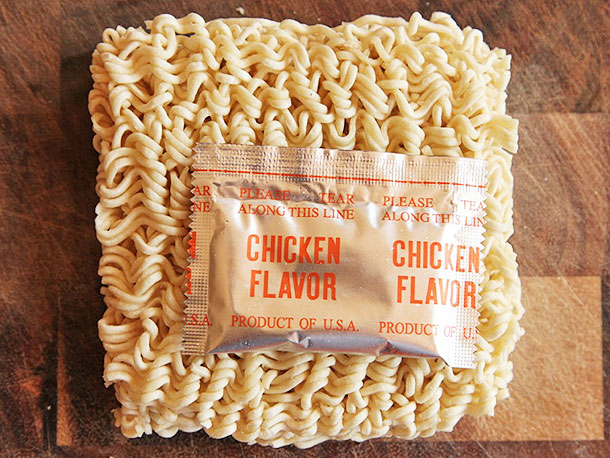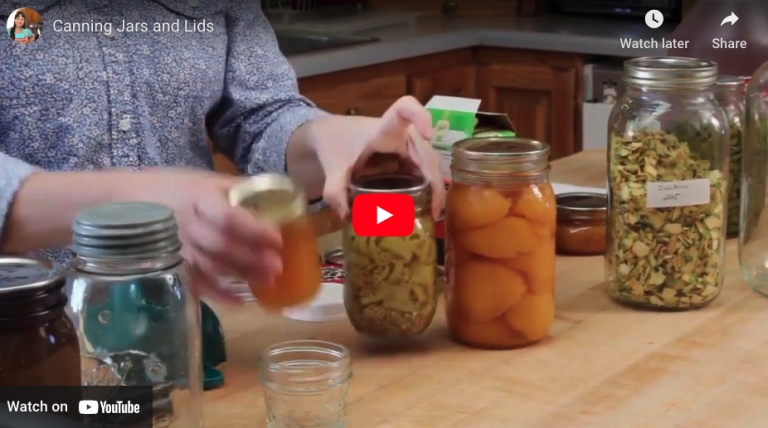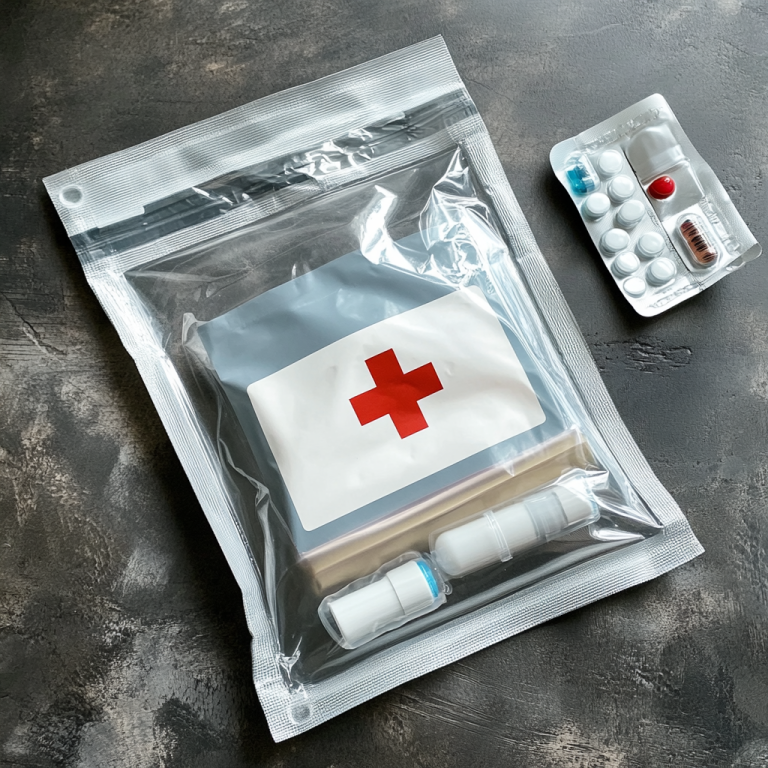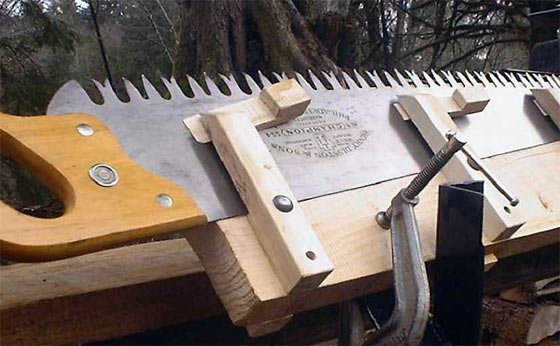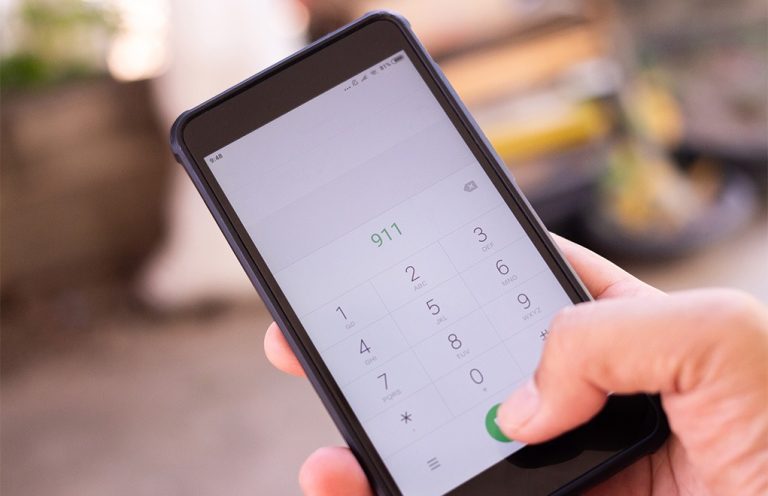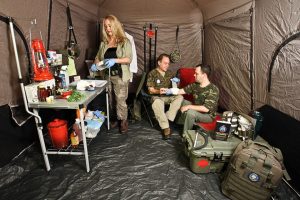I hate to break it to you, but it’s very likely that you’ve rendered your food storage completely useless by ignoring this one, critical consideration. So take a deep breath…be ready to learn… and then repent. *grin*
If you know nothing else about me, know this: I believe wholeheartedly in approaching preparedness with an “everyday focus”. I believe firmly that if you prepare for the everyday types of scenarios, then you’ll be prepared for the more extreme crises scenarios that may come up as well. This approach enables everyone to have a more peaceful, panic-free approach to preparedness. However, having said that, there are some components of crises preparedness that may not enter into a person’s “everyday mindset” and ignoring some of these aspects can actually completely negate all of the hard work that a person puts into their food storage efforts. There are five of these common errors that I discuss in the lectures and classes that I’ve done in the past, but today I want to address the most dangerous mistake that people make when trying to prepare themselves in the area of Food Preparedness.
So, let’s say that you’re like me; you have your 12 bottles of home canned marinara sauce proudly placed on your shelves along with the 12 boxes of spaghetti pasta right next to them. It gives you great pleasure and peace of mind to see that you’ve got 12 delicious meals set aside for a rainy day, or a crazy weeknight that won’t make you have to “think” too hard about what to prepare. But…what about that night that sneaks up on you in which the temperature plummets to 15 below zero; the water pipes freeze, and your brilliant plan for a delicious spaghetti dinner is suddenly thwarted because you don’t have any water set aside that you need to cook the pasta? Let’s say that night then becomes 12 nights; 30 nights; and then on to months of an interrupted supply of water as you’re used to getting it. Hmmm. Now that shelf of pasta and marinara sauce doesn’t seem quite so peace-filled and complete does it? What if your water is contaminated with high levels of lead as was/is the case in Flint, Michigan for several weeks?? What if there’s an oil spill that impacts your ability to have access to clean water? How are you going to prepare those yummy meals you have planned now?
Without going into the myriad of domino effects that would come about due to any of these types of scenarios, what I want to draw your attention to today is that every meal that you have planned isn’t complete unless you have the water you need to prepare that meal as a part of your inventory. There’s a reason why Water Preparedness is the 7th Principle of Preparedness in order of prioritization and Food Preparedness is the 8th.
Unfortunately, this is the most common mistake I notice when I get the privilege of checking out people’s state of readiness. It always rattles me, to be honest with you. My mind conjures up terrible scenes of blindsided suffering when I see that critical lack of preparedness. I think there’s nothing worse than to feel SO ready only to HAVE to RELY on that state of readiness and then find out…Oops. Not quite ready. But if you think about it, it’s obviously delusional for any of us to think that just because we have the spaghetti sauce and the pasta, we’ve got a meal covered in our food storage. If you want peace of mind, then make sure that you have the water that’s needed to actually prepare each meal you’re stocking because anything else is just wishful thinking and wishful thinking is NOT a viable plan for self-sufficiency.
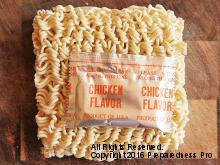 You know what’s the saddest state of “food preparedness” that I’ve ever seen? A girlfriend of mine—she’s known me personally for DECADES—and she gleefully shows me her 180 packages of Ramen noodles stuffed in her “food storage” without any water or even a water PLAN to go along with those Ramen noodles! Ouch! Obviously, that’s wrong on SO many levels—not the least of which is a complete lack of nutrition and “have you not been listening to at thing I’ve said over the years, woman?!” I hate to admit this, but I’ve had just plain, dry Ramen noodles before. They do NOT taste good without being cooked! (OK. OK. I’ll tell you why I had dry Ramen noodles. It was in the Philippines. The power was out. The water wouldn’t come out of the sink and the water pitcher hadn’t been refilled and I was stinking hungry. So I decided to try some “raw” Ramen noodles—never to be repeated again. *grin*)
You know what’s the saddest state of “food preparedness” that I’ve ever seen? A girlfriend of mine—she’s known me personally for DECADES—and she gleefully shows me her 180 packages of Ramen noodles stuffed in her “food storage” without any water or even a water PLAN to go along with those Ramen noodles! Ouch! Obviously, that’s wrong on SO many levels—not the least of which is a complete lack of nutrition and “have you not been listening to at thing I’ve said over the years, woman?!” I hate to admit this, but I’ve had just plain, dry Ramen noodles before. They do NOT taste good without being cooked! (OK. OK. I’ll tell you why I had dry Ramen noodles. It was in the Philippines. The power was out. The water wouldn’t come out of the sink and the water pitcher hadn’t been refilled and I was stinking hungry. So I decided to try some “raw” Ramen noodles—never to be repeated again. *grin*)
When I have ingredients assembled in my 4 gallon buckets or on the shelves, I don’t consider those meals complete and a part of my Food Preparedness inventory unless I have the water sitting in reserve as well. Sometimes that water is in the form of an empty 2 liter bottle that I’ve repurposed for water storage and sometimes it’s earmarked in my 5 gallon or 55 gallon water barrels. I keep track of ALL of my water and have it allocated for specific uses (recipes, hydration, hygiene, and first-aid). If I have 5 recipes of spaghetti with a marinara sauce in a bucket, then I also have 4-6 cups of water for EACH recipe set aside to prepare that dish as well. You can bet your bottom dollar that if I have food supplies that are expected to give me peace of mind, that peace of mind only comes when I know I have the water that’s necessary to prepare that meal.
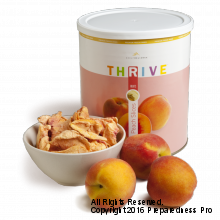 Here’s another rude awakening, Friends. All of the freeze-dried food that you’ve invested in is absolutely USELESS unless you have the water to reconstitute it! Oh, you plan on eating it just raw “if you have to”? Great. But unless you want to die of diarrhea, (which is a bona fide killer in parts of the world where water is not abundantly available) you’d better at least plan on having enough water to hydrate your digestive system after you eat any freeze-dried or dehydrated food, Friends. If you’re eating freeze-dried food, you’ll need to not only consume enough water to keep yourself minimally healthy, but you’ll need to ADD to your water consumption to offset the water than your freeze-dried food will need to digest properly. (By the way, dehydrated food requires more water to reconstitute and/or to digest properly). I can’t stress enough how this is a very dangerous oversight.
Here’s another rude awakening, Friends. All of the freeze-dried food that you’ve invested in is absolutely USELESS unless you have the water to reconstitute it! Oh, you plan on eating it just raw “if you have to”? Great. But unless you want to die of diarrhea, (which is a bona fide killer in parts of the world where water is not abundantly available) you’d better at least plan on having enough water to hydrate your digestive system after you eat any freeze-dried or dehydrated food, Friends. If you’re eating freeze-dried food, you’ll need to not only consume enough water to keep yourself minimally healthy, but you’ll need to ADD to your water consumption to offset the water than your freeze-dried food will need to digest properly. (By the way, dehydrated food requires more water to reconstitute and/or to digest properly). I can’t stress enough how this is a very dangerous oversight.
I can’t stress enough that this is not an excuse to panic. We simply don’t do that here at Preparedness Pro. But it should put this issue in the forefront of your mind so that you can have a well-founded sense of peace in your preparedness efforts. You don’t need to go out and go into debt for 250 gallon water tanks right now. Just start with what you’ve got. Do you have a bunch of empty canning jars? Fine. Start with them. Fill them up with water and let them earn their room and board in your house. *grin* Recycle those juice bottles or soda pop bottles. That plastic won’t last as long as the thick plastic you get with water barrels, but at least it’s a start! (DON’T use milk cartons though—those are intended to disintegrate quickly). OK. So get busy so you can complete all of those great meals you planned on having on hand in the event of a crisis.
Recommended Products Related to this Article:
Water Bricks
Super Tanker
Aquamira Water Storage Set
Battery Operated Water Syphon Pump







